Spiritual Nepal: Expert Insight Into Hinduism and Buddhism
Set out on a spiritual sojourn through the serene landscapes of Nepal, where Hinduism and Buddhism intertwine to create a tapestry of profound beliefs and rituals. From the ancient temples of Kathmandu to the peaceful stupas nestled in the Himalayan foothills, Nepal offers a gateway to explore the essence of spiritual enlightenment.
But what secrets lie within the sacred walls of these revered sites, and how can one truly grasp the spiritual significance they hold?
Key Points
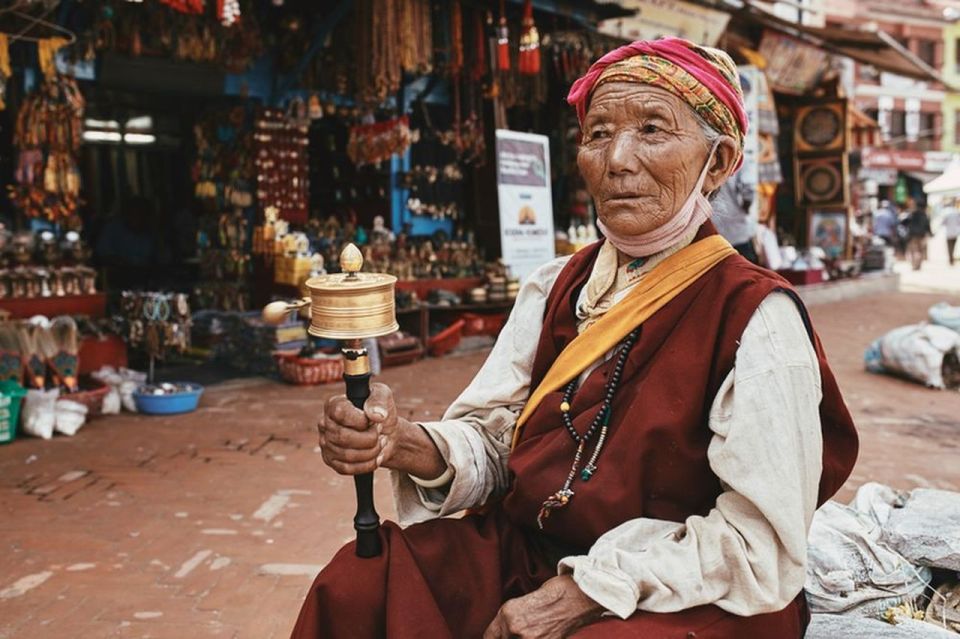
- Nepalese spirituality intertwines Hinduism and Buddhism, fostering inner peace and divine connection.
- Meditation techniques in Nepal emphasize introspection, breath control, and mindfulness for spiritual growth.
- Sacred sites like Pashupatinath and Boudhanath embody rich cultural heritage and religious significance.
- Traditional rituals and ceremonies, like the Aarati ritual, offer profound insights into Nepalese spirituality and cultural practices.
Spiritual Traditions in Nepal
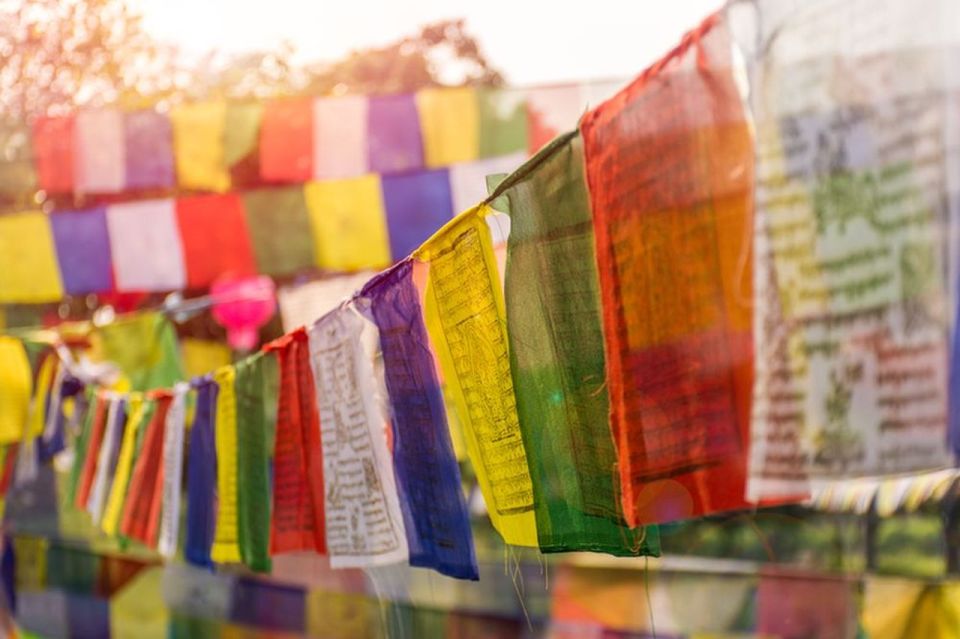
Set out on a spiritual journey through the ancient traditions of Nepal, where Hinduism and Buddhism intertwine to create a rich tapestry of beliefs and practices.
Meditation techniques hold immense cultural significance in Nepal, with various methods practiced to achieve spiritual growth and self-realization. Nepalese meditation practices often involve deep introspection, breath control, and mindfulness to attain a state of inner peace and enlightenment.
This spiritual discipline is deeply ingrained in the daily lives of the Nepalese people, influencing their beliefs, rituals, and interactions with the world around them. The act of meditation is viewed as a pathway to connect with the divine, understand the self, and find harmony within the complexities of existence.
Hinduism and Buddhism Overview
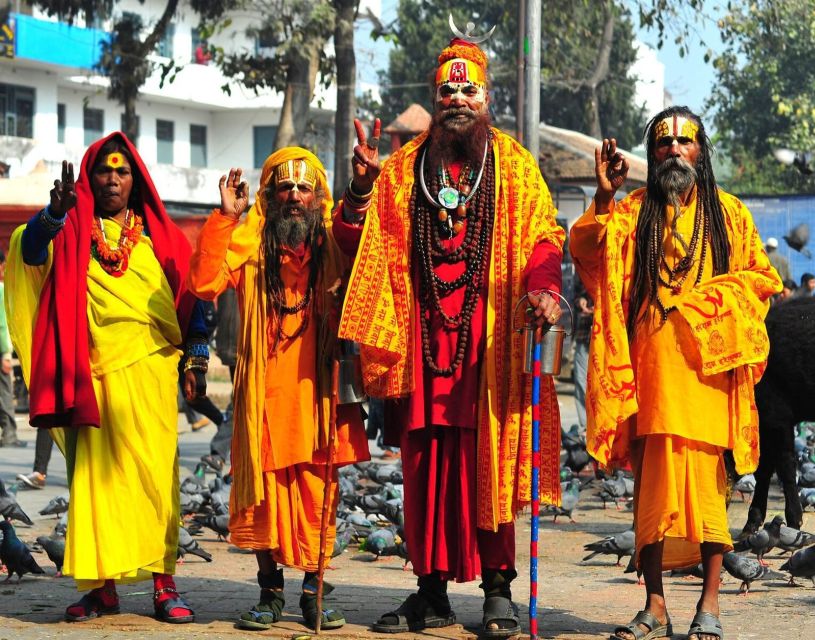
Intertwining seamlessly in the spiritual landscape of Nepal, Hinduism and Buddhism stand as pillars of profound wisdom and ancient traditions. These two major religions share similarities in their spiritual beliefs, yet each offers a unique path for followers to explore.
Hinduism, with its pantheon of gods and emphasis on karma and dharma, contrasts with Buddhism’s core teachings of enlightenment and the Four Noble Truths. While Hinduism embraces the caste system, Buddhism promotes equality and the idea of reaching Nirvana through the Eightfold Path.
Exploring the nuances of these faiths allows for a deeper understanding of the rich cultural tapestry that shapes Nepal’s spiritual identity. The comparison between Hinduism and Buddhism unveils a harmonious blend of traditions that have endured for centuries.
Visiting Pashupatinath Temple
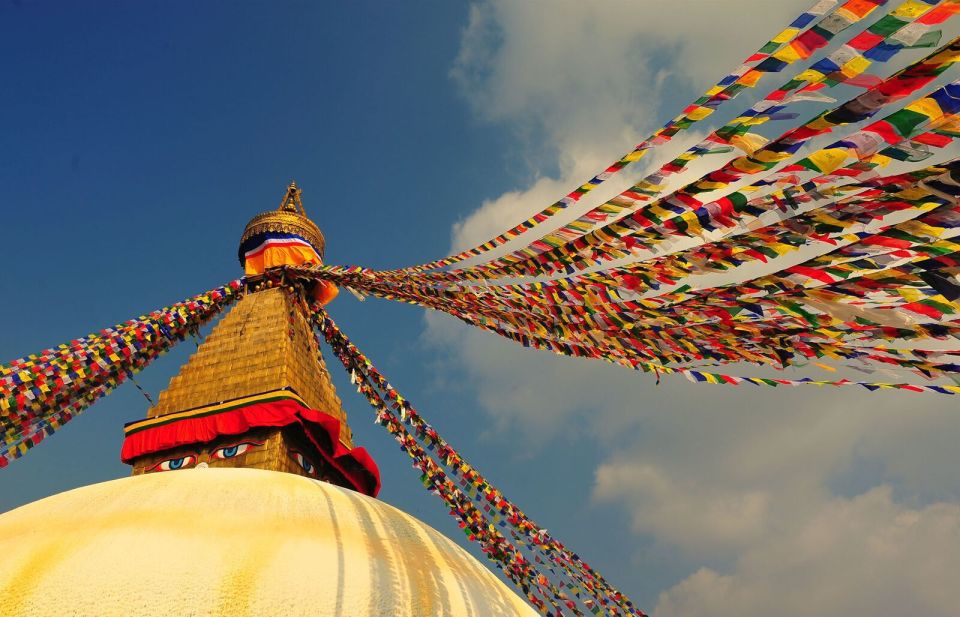
Nepal’s spiritual tapestry unfolds vividly at the revered Pashupatinath Temple, a sacred site that epitomizes the essence of Hindu beliefs and rituals. The temple, located on the banks of the Bagmati River in Kathmandu, offers visitors profound insights into Hindu practices and traditions.
Pashupatinath insights:
- Witness the intricate architecture and intricate wood carvings of the temple.
- Experience the spiritual ambiance of the temple grounds, where devotees come to pray and seek blessings.
- Observe the cremation ceremonies along the river, a significant Hindu funeral ritual.
- Engage with Sadhus, the revered holy men who reside in the temple complex.
- Attend the evening Aarati ceremony, a mesmerizing ritual involving light offerings to the deities.
Exploring Boudhanath Stupa

Located in the bustling city of Kathmandu, the Boudhanath Stupa stands as a majestic symbol of Buddhist heritage and spirituality. This UNESCO World Heritage Site is renowned for its impressive stupa architecture, characterized by a massive dome, prayer wheels, and the watchful eyes of the Buddha painted on all four sides.
The stupa’s cultural significance is deeply rooted in local traditions and spiritual practices. Visitors can witness devotees circling the stupa in a clockwise direction, spinning prayer wheels, and offering butter lamps and incense. The Boudhanath Stupa serves as a focal point for both religious ceremonies and daily rituals, creating a serene atmosphere that invites contemplation and reverence for the rich Buddhist traditions in Nepal.
Witnessing the Aarati Ritual
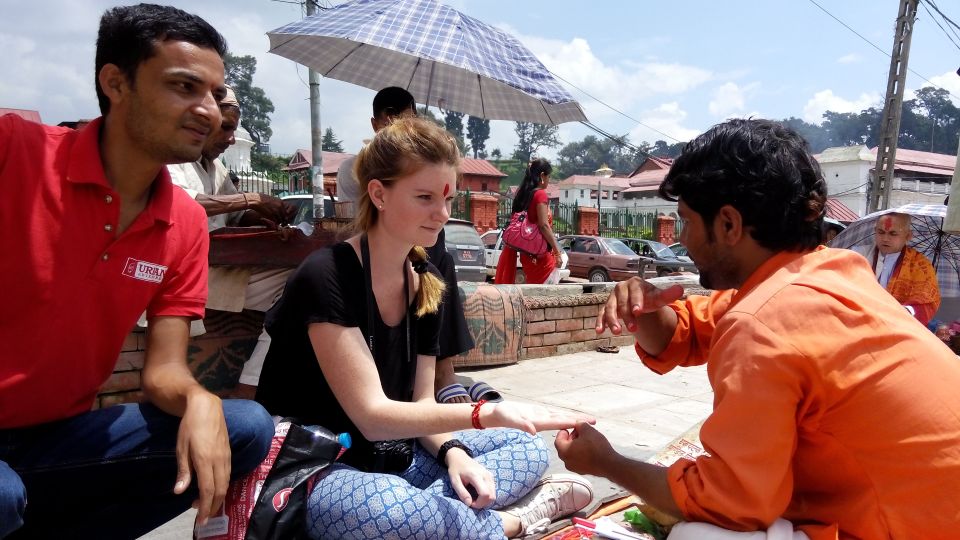
As dusk settles over the sacred grounds, visitors are enveloped in the mesmerizing ambiance of the Aarati ritual at the Pashupatinath temple in Kathmandu. This ritual experience offers a profound culture into the heart of Nepalese spirituality. Here are some highlights of witnessing the Aarati ritual:
- The rhythmic chanting of prayers fills the air, creating a sense of peace and devotion.
- Colorful lights and incense add to the mystical atmosphere, enhancing the spiritual connection.
- Devotees offer flowers and oil lamps to the deities, symbolizing reverence and gratitude.
- The sounds of traditional musical instruments accompany the ritual, elevating the senses.
- Observing the synchronized movements of the priests performing the Aarati is a captivating sight, reflecting centuries-old traditions.
Understanding Sacred Practices
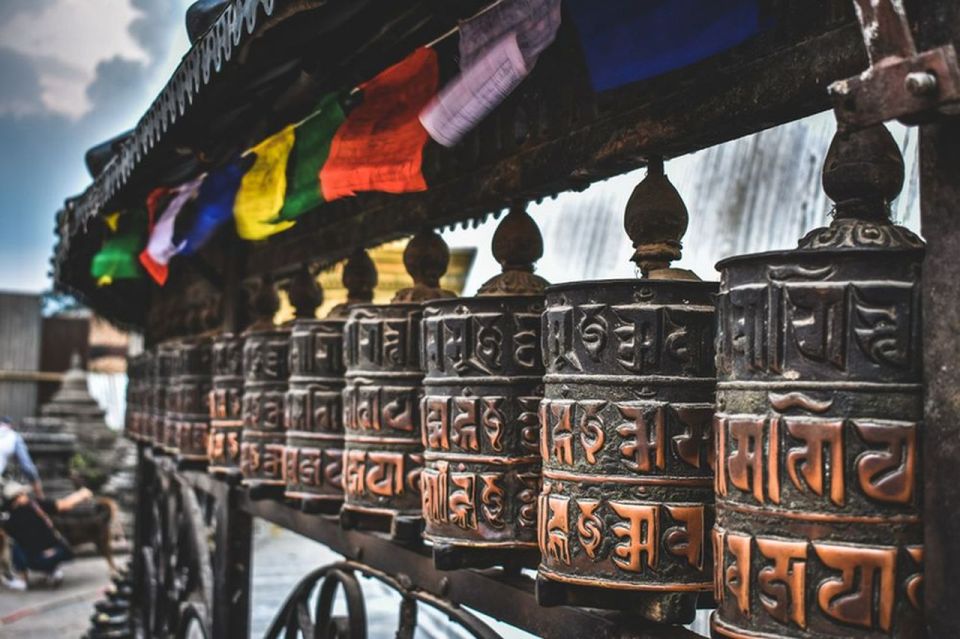
Witnessing the Aarati ritual at the Pashupatinath temple in Kathmandu provides a deep insight into the sacred practices of Nepalese spirituality. Sacred rituals like Aarati are integral to the culture experience in Nepal, offering visitors a glimpse into the rich tapestry of traditions and beliefs that shape the spiritual landscape of the country.
These practices often involve intricate ceremonies, devotional offerings, and symbolic gestures that hold profound significance for the local communities. By observing and participating in these sacred rituals, visitors can gain a deeper understanding of the spiritual heritage that has been passed down through generations.
Such experiences not only foster appreciation for the intricate rituals but also highlight the interconnectedness of spirituality and everyday life in Nepal.
Customer Reviews and Recommendations
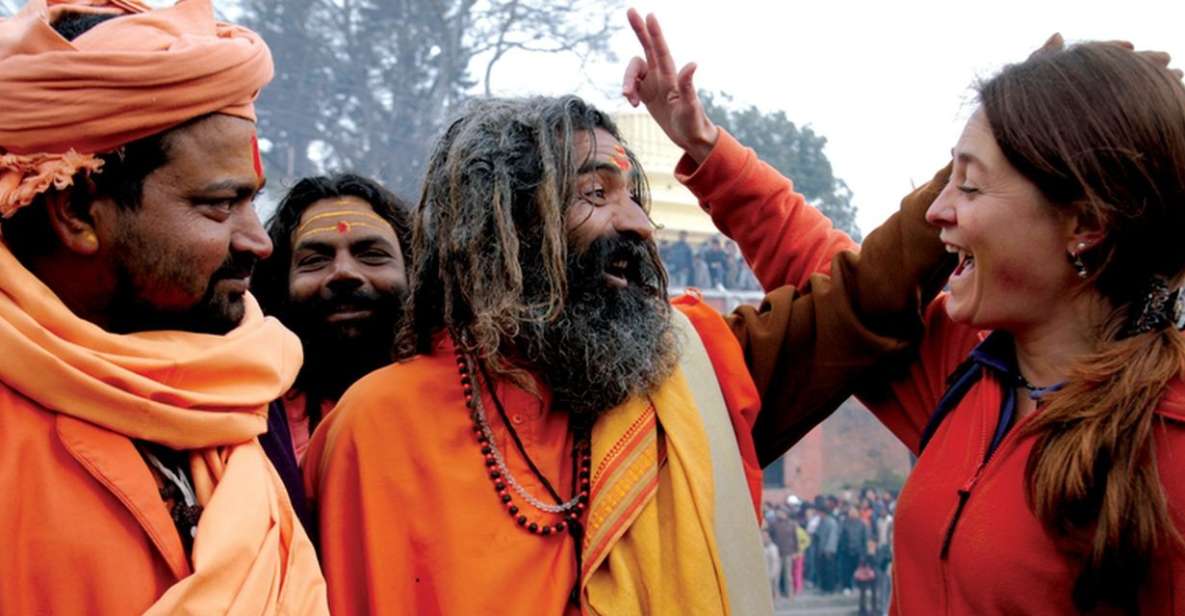
How do visitors rate their experience with the spiritual tour of Hinduism and Buddhism insights in Nepal?
Travelers have shared their thoughts on the culture and tour guide excellence during the spiritual journey:
-
Cultural immersion was top-notch, providing a deep understanding of Nepalese traditions.
-
The tour guide’s excellence truly enhanced the experience, offering insightful explanations.
-
Visitors appreciated the personalized attention to detail, making the tour feel exclusive.
-
The tour’s organization was seamless, allowing for a stress-free exploration of spiritual sites.
-
Overall, participants highly recommended this tour for a meaningful and enlightening journey into Hinduism and Buddhism.
Common questions
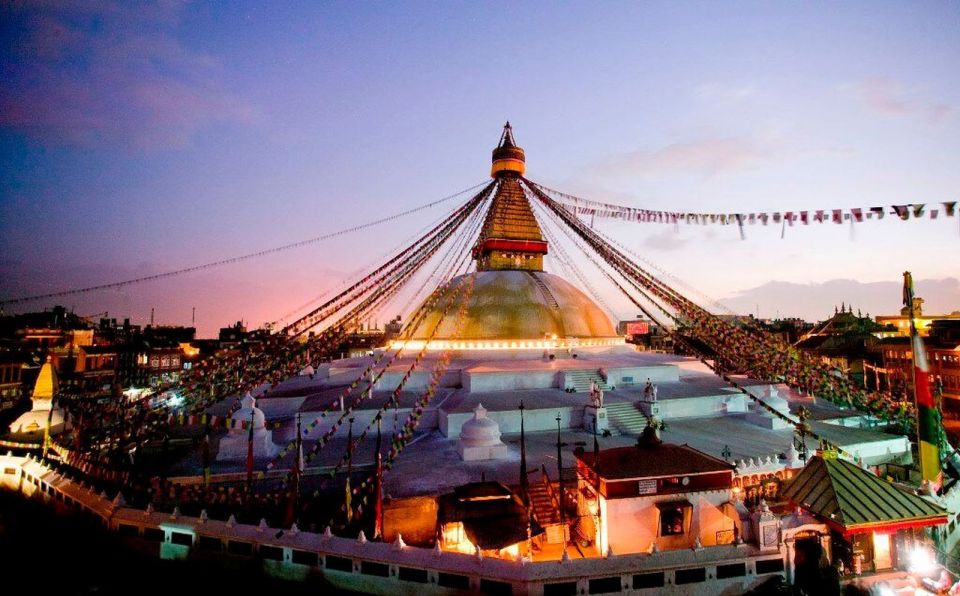
Are There Any Specific Dress Code Requirements for Visiting the Spiritual Sites in Nepal?
When visiting spiritual sites in Nepal, it’s essential to respect local customs. Traditional attire is recommended out of cultural sensitivity. Dress modestly, covering shoulders and knees. Adhering to these guidelines shows reverence for the sacred spaces.
Is Photography Allowed at Pashupatinath Temple and Boudhanath Stupa?
Photography is generally permitted at Pashupatinath Temple and Boudhanath Stupa, but travelers should observe photography etiquette and respect cultural sensitivities. It’s advisable to be mindful of religious customs and seek permission before capturing images.
How Physically Demanding Is the Tour of These Spiritual Sites?
The tour of these spiritual sites offers a blend of physical endurance and culture. Visitors can expect some terrain challenges, but the benefits of meditation are rewarding. It’s a journey that enriches both the body and the soul.
Are There Any Restrictions on Who Can Participate in the Aarati Ritual?
The Aarati ritual at Pashupatinath temple in Nepal welcomes all participants regardless of background. To experience this sacred ceremony, visitors should dress modestly, maintain respectful behavior, and embrace the cultural significance of this inclusive and spiritually enriching practice.
Can Visitors Make Offerings or Participate in Any Rituals at the Temples?
Visitors can respectfully participate in rituals at the temples by following offering etiquette. Engage in rituals like Aarati by observing and showing reverence. Join in with guidance and respect, immersing in the spiritual practices while being mindful of cultural traditions.
Last Words

Set out on a transformative journey through the heart of Nepal with expert insight into Hinduism and Buddhism.
Explore the cultural richness of Pashupatinath temple and Boudhanath Stupa, enjoying the traditions and rituals of these ancient faiths.
Witness the magical Aarati ceremony and gain a deeper understanding of Nepal’s spiritual heritage.
With a focus on sustainability and responsible exploration, this tour offers a meaningful and enlightening experience for all who seek spiritual enlightenment.